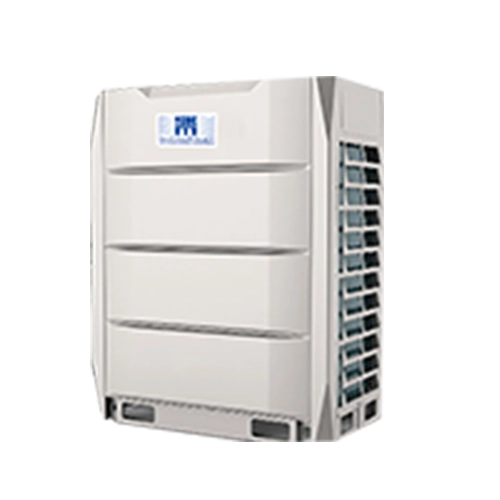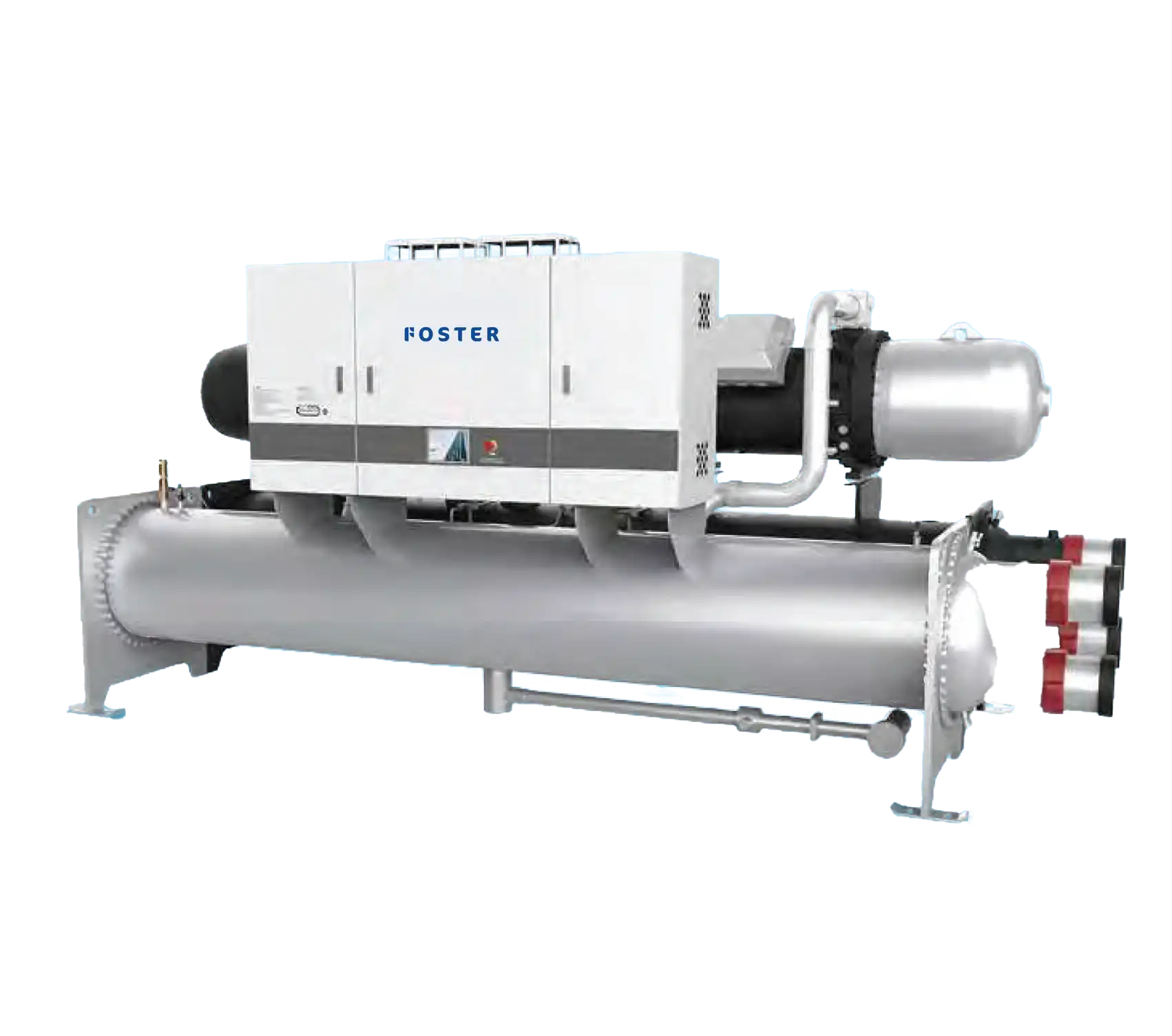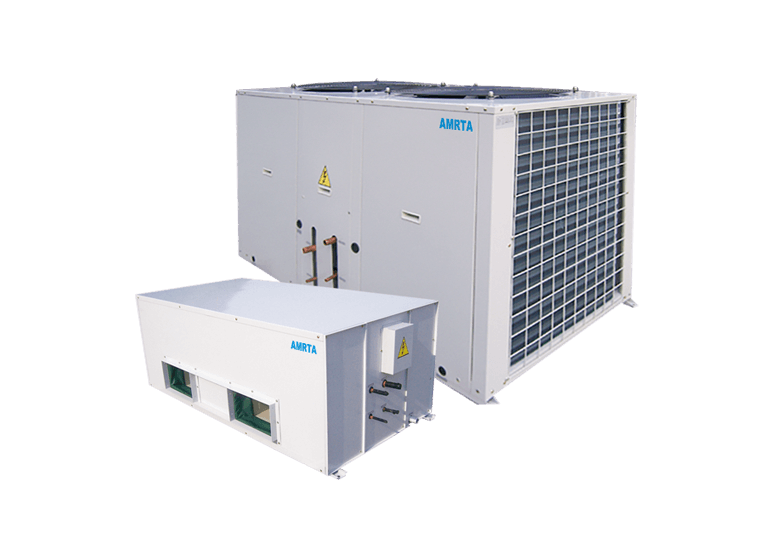Experience superior climate control with SKM VRF air conditioners, engineered for maximum efficiency and performance. Our variable refrigerant flow systems deliver precise temperature control while reducing energy consumption by up to 40% compared to traditional HVAC systems.
| Product Information | |
|---|---|
| Capacity Range | 8HP to 90HP |
| System Type | Variable Refrigerant Flow (VRF) |
| Technology | DC inverter compressor |
| Refrigerant | R-410A |
| Connectivity | Supports up to 64 indoor units |
| Piping Length | Up to 1000m total, with 160m max actual piping length |
| Power Supply | 380–415V / 3Ph / 50Hz |
Application
Hotels and serviced apartments
High-rise residential buildings
Corporate offices
Hospitals and healthcare facilities
Shopping complexes
Educational institutions
They are best suited for spaces requiring independent climate control across multiple zones with centralized efficiency.
Frequently Asked Questions
VRF (Variable Refrigerant Flow) systems regulate refrigerant flow to match heating and cooling demands of different zones. This technology circulates only the minimum refrigerant needed, enabling individual control of multiple air conditioning zones simultaneously while maximizing energy efficiency.
SKM VRF offers greater energy efficiency, zoning control, quieter operation, and longer piping lengths for complex building layouts.
Yes, SKM VRF systems are available in both cooling-only and heat recovery models for simultaneous heating and cooling.
Yes, with modular design and advanced diagnostics, VRF systems are easy to monitor and maintain with minimal downtime.
Depending on the capacity, up to 64 indoor units can be connected to a single VRF system.
VRF systems offer superior advantages over traditional split AC units including: individual zone control, higher energy efficiency (up to 40% energy savings), simultaneous heating and cooling capabilities, and scalability for large buildings. VRF is ideal for commercial applications requiring precise climate control.
Key VRF advantages include exceptional energy efficiency, precise temperature control, reduced noise levels, minimal ductwork requirements, easy installation in existing buildings, and simultaneous heating/cooling in different zones.





